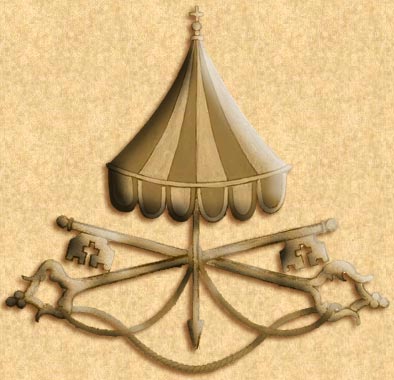Some History:
On November 29, 1268, when Pope Clement IV (1265-1268) died, there began the longest period of interregnum or vacancy of the papal office in the history of the Catholic Church. The cardinals at that time would have assembled in conclave in the city of Viterbo, but through the intrigues of Carol d’Anglio, King of Naples, discord was sown among the members of the Sacred College, and the prospect of any election grew more and more remote. After almost three years, the mayor of Viterbo enclosed the cardinals in a palace, allowing them only strict living rations, until a decision would be made which would give to the Church its visible head. At last, on September 1, 1271, 33 months after the vacancy occurred, Pope Gregory X was elected to the Chair of Peter.
During this long period of vacancy of the Apostolic See, vacancies also occurred in many dioceses through the world. In order that the priests and faithful be not left without a spiritual shepherd, bishops were elected and consecrated to fill the vacant sees without any papal approval. It was understood that this was an emergency situation, and, as St. Thomas Aquinas had stated: “
Necessitatem legem non habet” (
Summa Theologica, IIIa, Qu. 80, A. 8; III Suppl., Qu. 8, A. 6). There were accomplished during this time twenty-one known elections and consecrations in various countries. The most important aspect of this historical precedent is that all these consecrations of bishops were ratified by Pope Gregory X, who consequently affirmed the lawfulness of such consecrations, even though no pope had approved of them in advance.
Code:
Other lengthy periods of *sede vacante* have included:
- After the death of Pope Nicholas IV (1288-1292), there was a vacancy of almost 28 months (April 4, 1292-August 29, 1294).
- After the death of Pope Celestine IV (1241-1241), there was a vacancy of almost 20 months (November 10, 1241-June 25, 1243).
- After the death of Pope St. Fabian (236-251), it was impossible to proceed at once to the election of a new pope because of the persecutions by the Emperor Decius. During that interval of 10 months when the Seat of Peter was vacant (January 20, 250-March 251), the Roman Catholic Church was governed by a college of priests.


